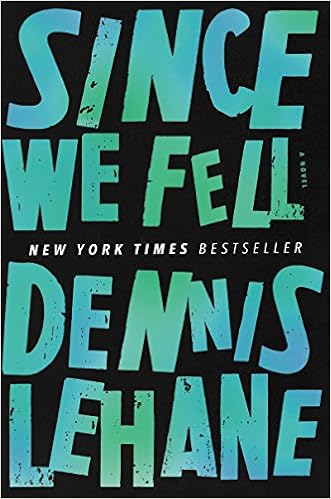In 1940 in Occupied France, Allied soldiers are pushed to the coastal town of Dunkirk where they await evacuation. Tommy (Fionn Whitehead), a British Army private meets fellow soldier Gibson (Aneurin Barnard) on the beach, and the two try to gain access to a ship that will take them across the channel. Meanwhile, Mr. Dawson (Mark Rylance) volunteers his yacht to aid the war effort, and he, his son Peter (Tom Glynn-Carney), and Peter’s younger friend George (Barry Keoughan) set out aboard the vessel toward Dunkirk to provide life jackets and rescue survivors along the way. In the air, a group of Spitfires piloted by Farrier (Tom Hardy) and Collins (Jack Lowden) attempt to shoot down Luftwaffe bombers before they can attack the troops waiting at Dunkirk.
Nearly two decades ago, Steven Spielberg’s Saving Private Ryan set the gold standard for wartime realism with its brutal depiction of the Allied Invasion of Normandy. Though Christopher Nolan’s Dunkirk shares some surface elements with it (Allied soldiers on a French beach during World War II), it is very nearly the former film’s antithesis. It is also, in many ways, its equal.
After a brief glimpse of a frame story, Saving Private Ryan promptly offered twenty minutes of frenzied carnage before developing its characters and conflict and contemplating the value of sacrifice. Dunkirk does virtually none of that. Rather than offering a focused narrative, Nolan presents the film asynchronously. The overlapping land, sea, and air segments are meant to depict one week, one day, and one hour, respectively, which can make it a chore to keep up with. The PG-13 rating also ensures that Dunkirk is light on gore. Most of the action takes the form of aerial dogfights and troops swimming away from imminent doom. Lastly, instead of humanizing its characters by delving into their backstories, Dunkirk keeps them relatively anonymous: they work as everymen because they could be any men.
Despite these departures from war film conventions, Dunkirk is very much not a pretentious or sanitized affair. As with many of Nolan’s previous films, it is stylistically breathtaking, be it the plumes of smoke rising over the bombarded beach or the sweeping maneuvers of the Spitfires. Hans Zimmer’s score also leaves quite an impression. In lieu of valorous reveries, he offers a ticking clock, ominous strings, and compositions befitting a horror movie, an appropriate (if unexpected) choice given the subject matter.
The film’s style works to impart a near-constant sense of dread. Though the audience never sees the face of the enemy, we are constantly reminded that the enemy is out there. We know that it is only a matter of time before the next attack, and the characters know it too. They are trapped in their own existential hells, whether it is Tommy going from sinking ship to sinking ship or Farrier running across one German plane after another as his fuel supply dwindles. Like previous Nolan films, Dunkirk reaches a hopeful note – in this case, a surviving character reads a Winston Churchill speech in a newspaper – but it makes both the characters and the audience suffer for it.
Speaking of characters, the cast of largely lesser-known actors does a lot with a little. As Tommy, Whitehead is wholly believable as a scared young man who just wants to get home in one piece. A lesser film would have him start that way and “grow” into something of a sacrificial action hero by the end, but Nolan wisely avoided that pitfall. The cast does boast a more conventional action hero in Hardy, and while he plays Farrier with cool competence, his escapades do not strain credulity. On the opposite end of the spectrum, the two Allied characters positioned most antagonistically – a shell-shocked survivor (Cillian Murphy) rescued by Dawson and a hotblooded Scottish soldier (Harry Styles) – are driven by the same thing that drives Tommy: survival. Aside from Hardy and Murphy, the two biggest “names” are Rylance and Kenneth Branagh. The former plays Dawson with uncompromising bravery and integrity while the latter, as a Navy commander, personifies the British stiff upper lip. All of these actors get by with very little dialogue, and even the Shakespearean Branagh avoids spotlight-hogging showiness.
Traditionally, war movies dramatize victory, however much they show of its often-steep costs. Dunkirk, on the other hand, dramatizes a long retreat. In doing so, however, it does not slander its subjects but rather affirms their humanity and their service (conscious or not) to the greater good. After all, dying en masse in Britain’s name would have meant little if there was no one left to defend the homeland (curiously, the contributions of French soldiers are downplayed, much in the way that British contributions are diminished in American WW II films), and the evacuation directly led to Churchill’s rousing speech. It is unknown if Dunkirk will seem as tense, refreshingly unorthodox, and stylistically masterful in the years to come as it does today, but it’s so far among the best films that 2017 has to offer.
8.5/10





